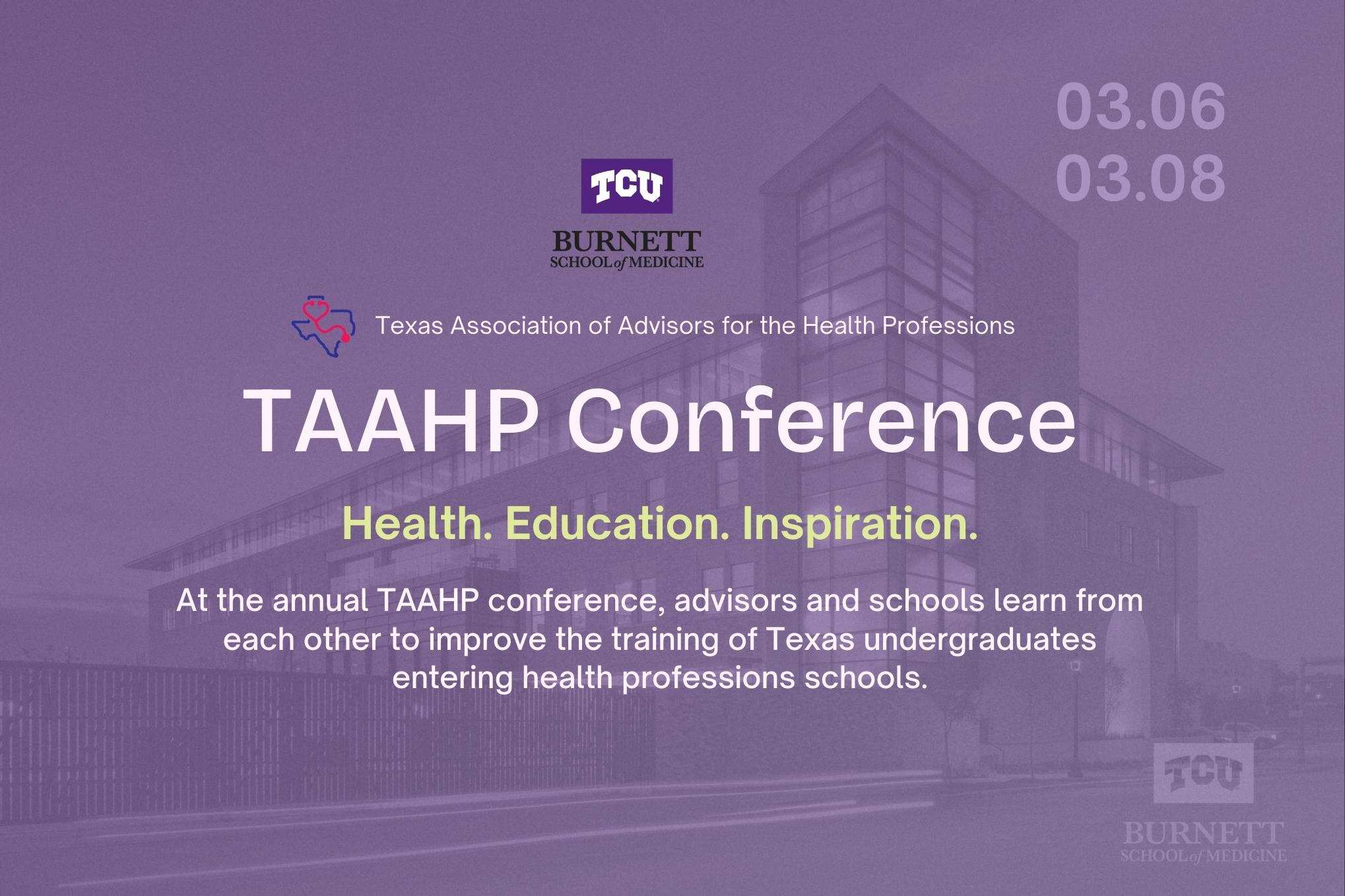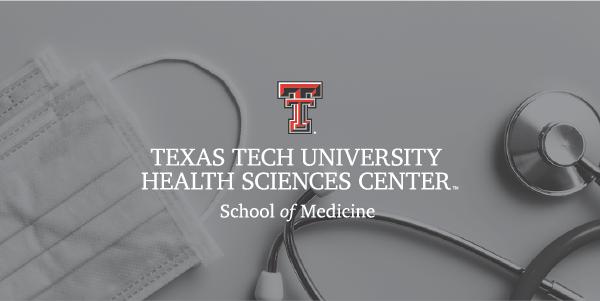Addressing the Needs of the Many through a Career in Public Health
I did not grow up in a medical family, and thus during medical school it was important
for me to learn what it really meant to be a surgeon, internist, or pediatrician.
One career path that I was not directly exposed to until after formal medical training,
however, was public health. Although I was well trained in treating disease, my knowledge
about how to systematically work within a community to decrease its overall disease
burden was rudimentary.
There came a time for me, however, when it felt increasingly urgent to look for ways
to address the problems I was seeing in my daily practice at a population level. Whether
it was diabetes patients in the ICU with wound infections, or pregnant women who were
HIV positive, it felt important to think beyond their individual treatment to the
programs and policies that might have prevented their health challenges from occurring
in the first place. To do so I needed to learn about public health systems, career
options within them, and the tools to improve these systems and the communities they
serve. Doing so has been the highlight of my career in medicine.
Public and population health need physicians to bring their medical expertise and
experience to systemlevel issues, but the physicians interested in this work also
need to equip themselves to work effectively in contexts that are very different from
what they encounter in the hospital, the examination room, or the operating theater.
It demands a set of skills that aren’t necessarily taught in most medical schools
or residency training disciplines.
The capacity to work with big data is essential.
Not every job in the field requires advanced skills in analyzing and interpreting
data, but it is necessary to have fluency beyond what the average physician possesses.
It is important to be able to communicate concisely and effectively.
So much of the work in public and population health involves persuasion and communication.
Some of this is verbal work, but a great deal is written—in emails, letters, op-eds,
white papers, reports, and even text messages or tweets.
Learn to work in and with communities as a true partner.
This means, above all, listening carefully to many points of view. That’s what builds
cooperation and consensus. It sustains morale within organizations. It establishes
trust and provides reassurance in moments of crisis. Perhaps most importantly, it
is the means through which public and population health professionals obtain the essential
information they need to do their jobs well.
WHERE DO PUBLIC HEALTH PHYSICIANS WORK?
Public health physicians serve in local, state, and federal agencies (Centers for
Disease Control and Prevention, Food and Drug Administration, Health Resources and
Services Administration) and health departments to prevent disease, promote healthy
lifestyles and policies, and protect communities from harm during events like outbreaks
and natural disasters.
They work in large companies as occupational health physicians to prevent work-related
injuries and illnesses and to improve the health of their employees. Large healthcare
systems, due to the necessity of value based care, are increasingly developing high-level
leaders and departments devoted to population health management.
In academia the need for a skilled workforce in biostatistics, epidemiology, community
health, health informatics, and health policy has never been greater. In fact, due
to this need several medical schools are now starting new departments of population
health.
|
Begin to think in terms of populations rather than strictly individuals.
The orientation that solves a specific medical challenge is different than the orientation
that thinks statistically and holistically about the types of interventions that can
move the needle on broad health outcomes.
Learning to manage finances well is essential. There is money to manage in traditional
medicine, but in public and population health the management of budgets and finances
in a context of scarce resources is absolutely central.
Learn the tools of quality improvement (QI).
Many of the systems we rely on are not as effective and efficient as they need to
be, and great improvement in population health can be achieved by effectively defining
the problems, identifying the variables, and bringing the tools of QI to bear on the
issue.
Managing people well is essential.
This means both supervision of employees with whom you are tasked to give direction,
and the art of persuading people over whom you may have no direct authority, building
voluntary consensus, and sustaining collaboration.
There is no single avenue for acquiring these skills (and others) that will support
a career in public or population health, but our field is getting substantially better
at providing opportunities to students to supplement their medical curriculum with
training from other disciplines.
A joint Master’s in Public Health degree, if that’s offered by your institution, is
an enormous leg up for physicians looking to become involved in public or population
health work. Many institutions are launching departments of, or programs in, population
health; these departments and programs are offering higher level courses in subjects
like biostatistics and epidemiology.
In addition, there are always opportunities for doctors and doctors-in-training to
serve outside of the school walls, including in internships and volunteer service
with community organizations, non-profits, public health agencies, and others. There
are, increasingly, medical clerkship programs that embed students in communities and
charge them with supporting those communities in ways beyond traditional medical care.
Being involved in public health has been the highlight of my medical career. I was
able to serve on my local health department board and became very involved in state-wide
disaster response. Eventually, I was privileged to serve as the Texas Commissioner
of Health. It has been both exciting and rewarding to be part of systematic health
improvement, and as you are thinking through your own career opportunities I encourage
you to include public health as an option.
![]()
About the author: Dr. Lakey is the Vice Chancellor for Health Affairs and Chief Medical Officer for The University of Texas System and Professor of Medicine at The University of Texas Health Science Center at Tyler.
He served as Texas Commissioner of Health from 2007-2015. @DavidLakey_MD on Twitter.



